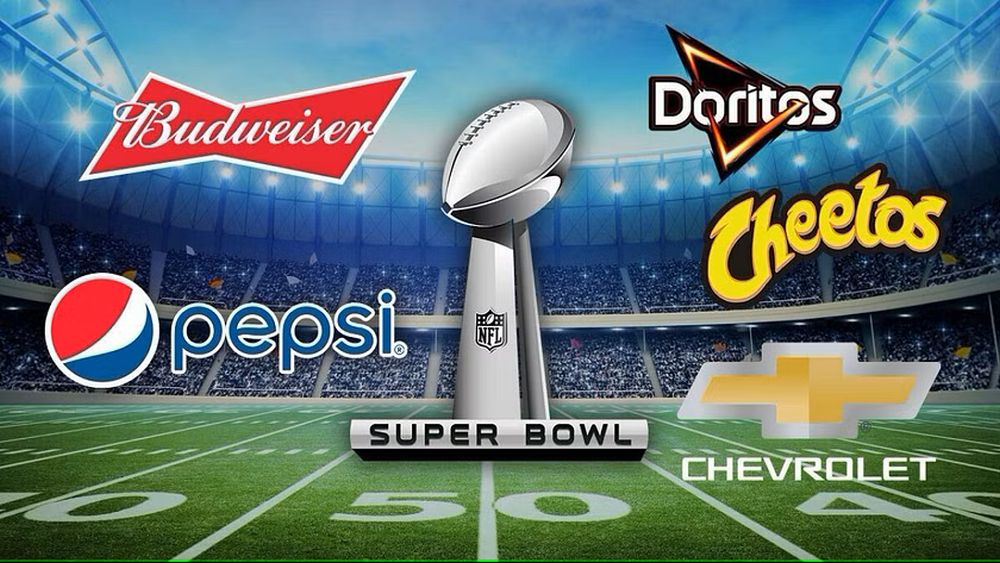Within the grand spectacle of Super Bowl advertising, where a mere half-minute spot commands a staggering $7 million, success transcends mere financial might. It’s a domain where captivating the audience isn’t merely suggested; it’s mandatory. Delving deeper, let’s examine the intricacies of strategies that can either propel or impede a Super Bowl ad campaign’s trajectory. In this high-stakes arena, finesse and creativity are the true currencies of triumph.

Star Power and Humor: A Winning Combo. The strategic fusion of celebrity influence and humor, a cornerstone of nearly 70% of Super Bowl advertisements, presents a nuanced yet potent formula. While leveraging star power can amplify brand visibility, brands must tread carefully to ensure that celebrities do not eclipse the intended message. Authentic connections, exemplified by Dexcom’s partnership with Nick Jonas, offer a blueprint for striking the perfect equilibrium. By authentically integrating Jonas’s personal experience with diabetes into their ad campaign, Dexcom not only leveraged his celebrity status but also forged a genuine connection with their target audience. This approach ensures that the celebrity endorsement enhances rather than detracts from the core message, reinforcing the brand’s credibility and resonance with viewers. In essence, while the marriage of star power and humor can captivate audiences, brands must prioritize authenticity to effectively engage and resonate with their audience.

Reveal Early, Sell Strategically. In advertising strategy, it’s imperative to avoid deferring the introduction of the brand until the climax of the narrative. Instead, the brand should assume a leading role right from the outset, firmly embedded within the fabric of the storyline. By doing so, advertisers can guarantee a sustained presence that resonates deeply with the audience. This approach ensures that the brand remains at the forefront of viewers’ minds throughout the advertisement, maximizing its impact and fostering stronger connections with consumers. In essence, prioritizing early brand integration facilitates greater brand recognition, recall, and ultimately, loyalty, cementing its position as the driving force behind a successful campaign.

Emotional Appeals: A Risky Venture. Eliciting emotional responses from Super Bowl audiences can be a risky endeavor, with laughter often reigning supreme over tears in this communal viewing experience. While there are exceptions, the prevailing preference leans towards humor rather than sentimentality. Advertisers often capitalize on universally endearing elements such as dogs and babies, as exemplified in The Farmer’s Dog ad, to evoke positive reactions and resonate with viewers on a broad scale. These heartwarming and relatable themes have consistently proven to be effective in captivating the attention and affection of the Super Bowl audience, ensuring memorable and impactful advertisements.

Breaking the Mold: A Bold Move. Every now and then, venturing away from the conventional Super Bowl advertising formula yields remarkable results. Mountain Dew’s “Puppy Monkey Baby” and Oatly’s unconventional ad featuring their CEO are prime examples of this departure from the expected. By daring to be different, these advertisements captured the attention of viewers and sparked conversations long after the game ended. These bold and innovative approaches demonstrate that breaking away from the traditional mold can lead to memorable and impactful advertising moments on one of the world’s biggest stages.

In the realm of Super Bowl ads, success hinges on meticulous planning and a keen understanding of audience preferences. Even amidst potential pitfalls, social media ensures that every ad, good or bad, gains attention.

